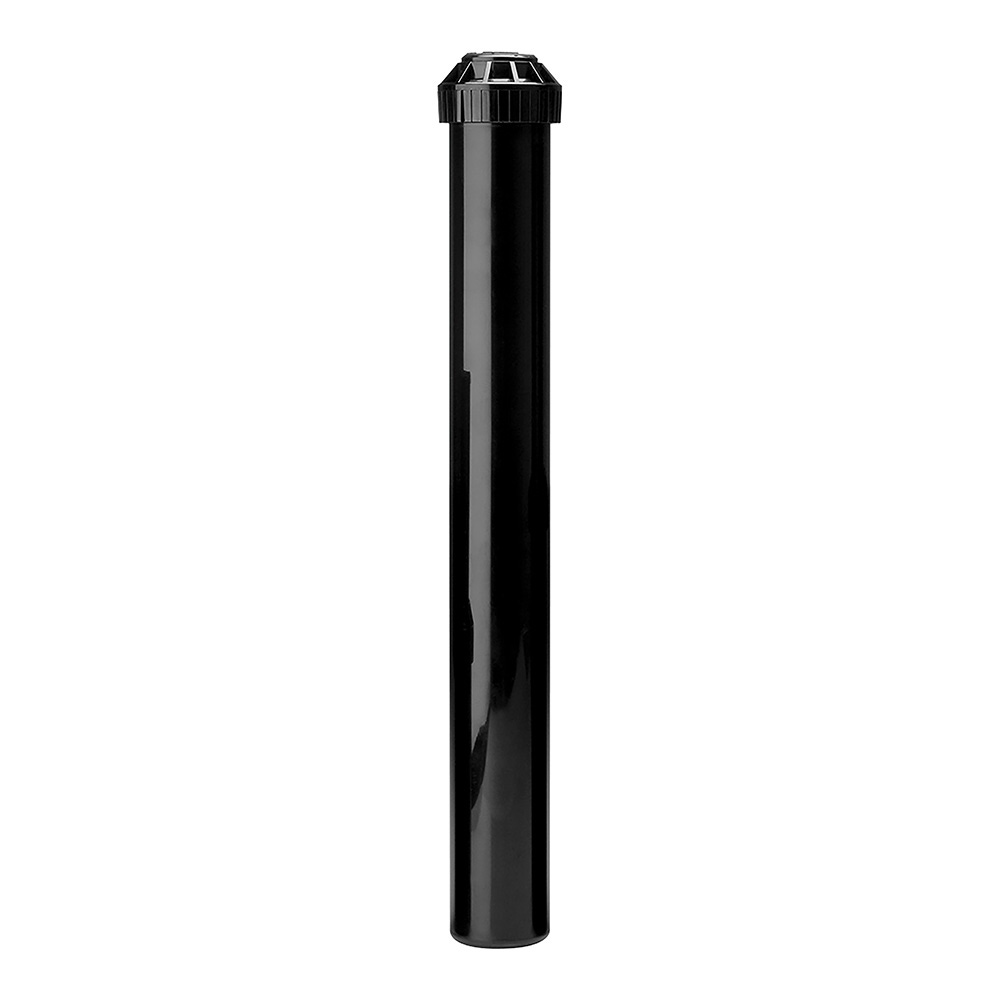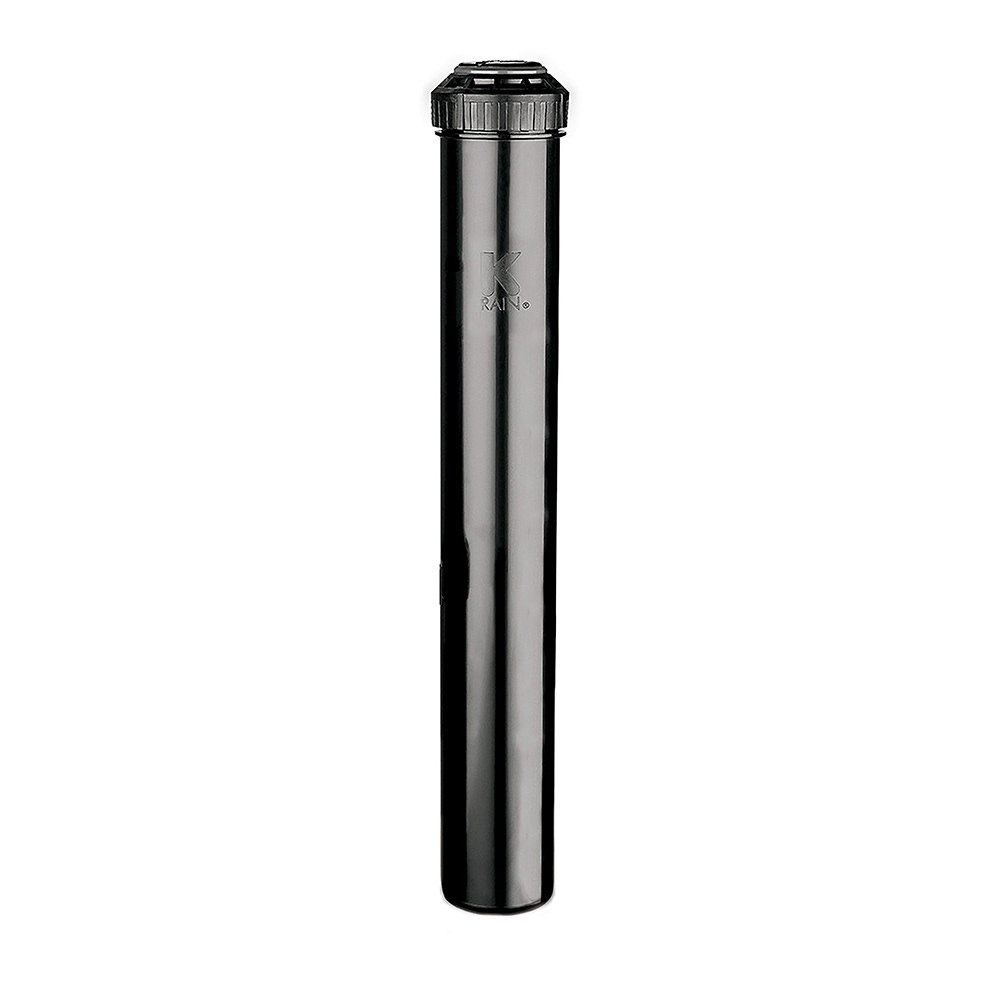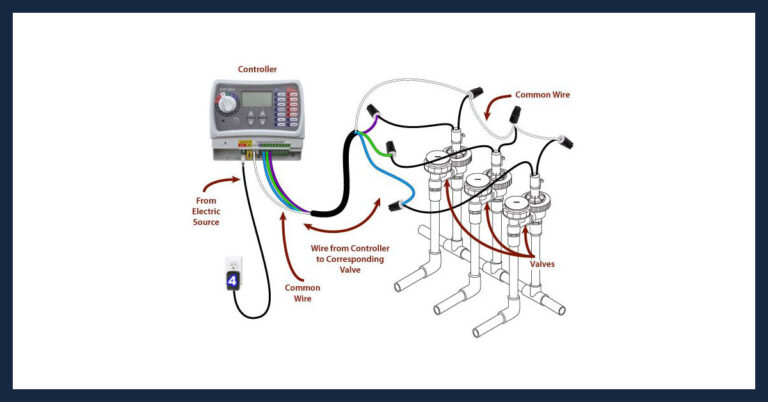Click Here To Shop All Anti-Siphon Valves
Click Here To Shop All Inline Valves
So many valves to choose from. If you don’t know much about valves it’d be easy to get overwhelmed. So today we’re going to walk through some valves and help you figure out what you need.
Adrian Sanchez here, for Sprinkler Warehouse. Let’s talk about valves.
What’s the difference between inline valves, and anti-siphon valves?
Anti-siphon valves have an anti-siphon device built into the valve, which prevents backflow. This blocks contaminated water from siphoning back into your drinking water.
These must be installed above ground to work correctly. And they need to be protected from freezing weather. They are typically installed as part of a front yard and backyard manifold. This makes the valves very easy to find, and service when needed, but does require using more pipe in your overall sprinkler system design.
Inline Control Valves May Require Less Pipe
Inline control valves get their name because they are installed in line with your system’s pipe. The valves are buried underground, in a valve box, usually in the middle of a sprinkler zone. Because the valve is located below ground, and the top of the valve box is at ground level, they are less susceptible to freezing temperatures. Typically using inline control valves require less pipe because the valves are located closer to the sprinkler heads, and not in a manifold group like anti-siphon valves. And provides more equalized water pressure within your zones. And when buried underground in a valve box, the landscaping looks more natural.
So, since inline control valves don’t have an anti-siphon protection component in their design, why would you ever want to install them in your system? With inline valves, you can protect your entire system by installing a single backflow protection valve between the water supply and your sprinkler system. This higher-quality backflow prevention device is testable and can be certified as working properly. This means you always know that your drinking water is safe, and protected. Although you don’t need to purchase a separate mainline backflow device like you would when using inline valves, there is a drawback associated with using anti-siphon valves. The built-in backflow prevention mechanism is not testable and cannot be certified that is working properly.
Advantage And Disadvantages Of Using Inline Or Anti-Siphon Valves In A Sprinkler System
Learn more information about the advantages and disadvantages of using inline or anti-siphon valves in your sprinkler system. Watch the “Sprinkler System Design Basics” video located on our YouTube Channel. Also, not all municipalities are water districts allow the installation of anti-siphon control valves, because they are untestable. Make sure you check with your local regulations before purchasing one.
Remember, Sprinkler Warehouse has everything for your irrigation needs
so, your trees, lawn, flower beds, and gardens are lush and beautiful.
And if you have any questions about our products chat with one of our superb customer service agents on Sprinkler Warehouse dot com. They really know their stuff and they’ll get you squared away.
Subscribe to our YouTube channel for helpful tips, tutorials and general sprinkler instruction.
For Sprinkler Warehouse, I’m Adrian Sanchez. Later irrigator.
Common translations to Spanish:
Inline valves = “valvula de linea”
Valve box = “caja de valvula” or “caja para valvula”
Backflow device = “equipo de antisiphon”
Irrigation system = “systema de riego”
Sprinkler system = “systema de aspersores”



























